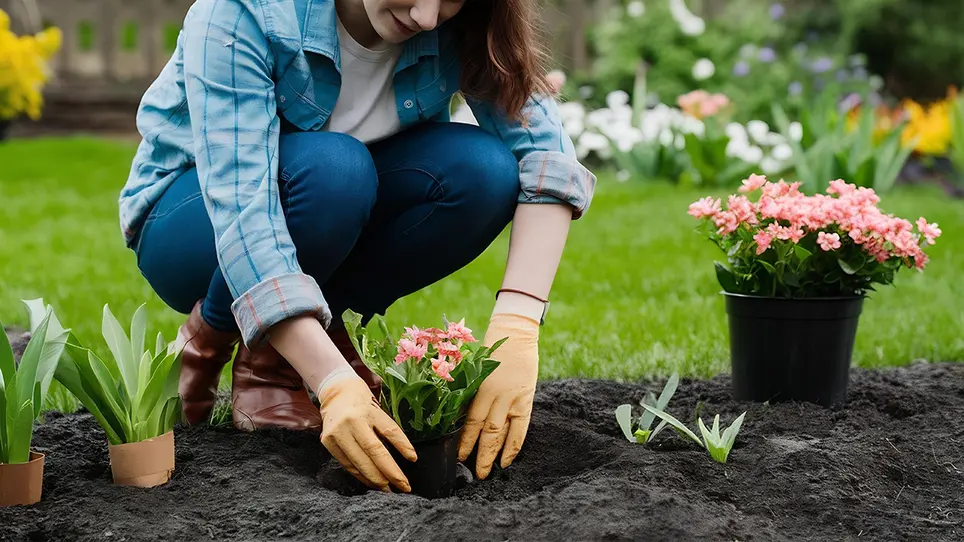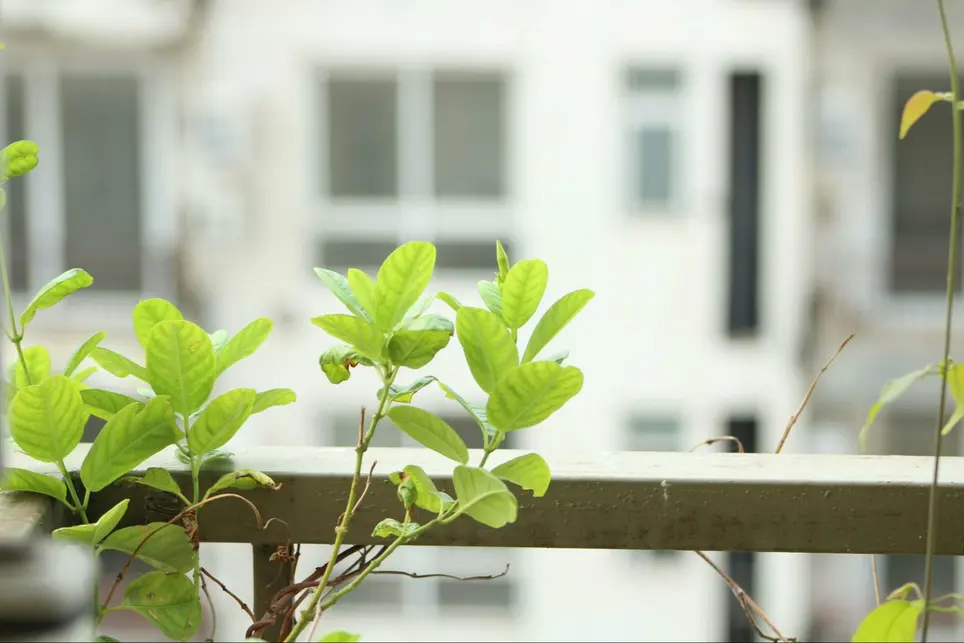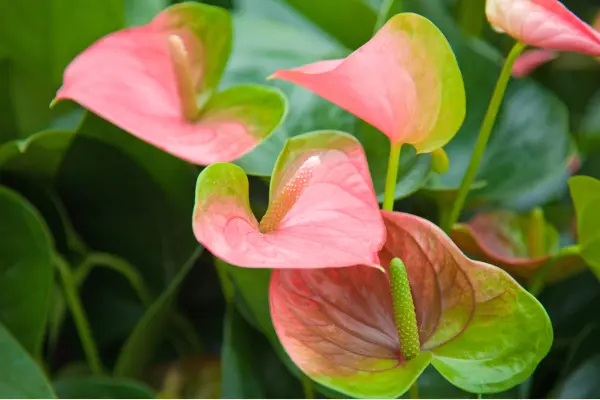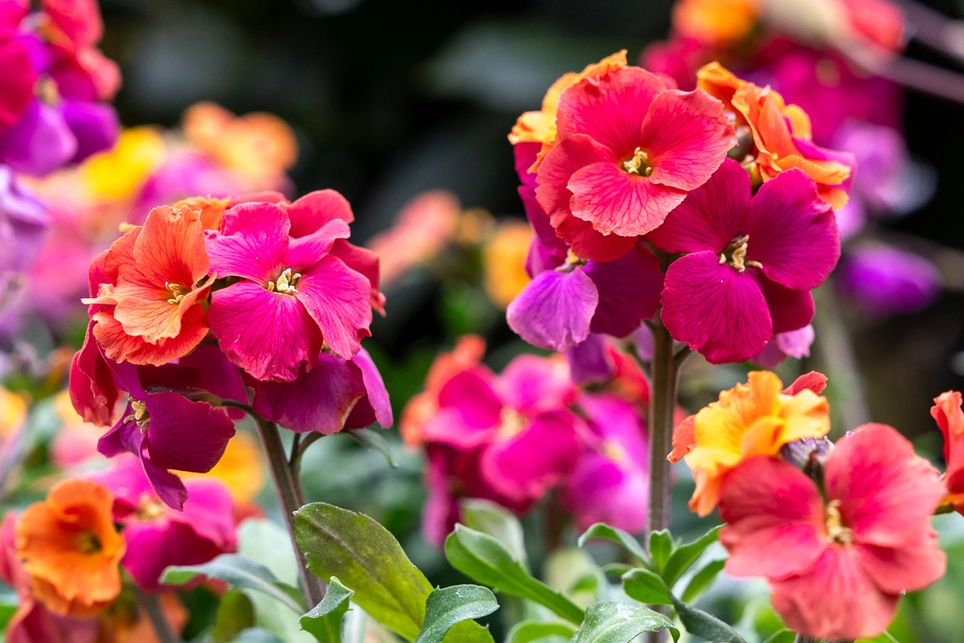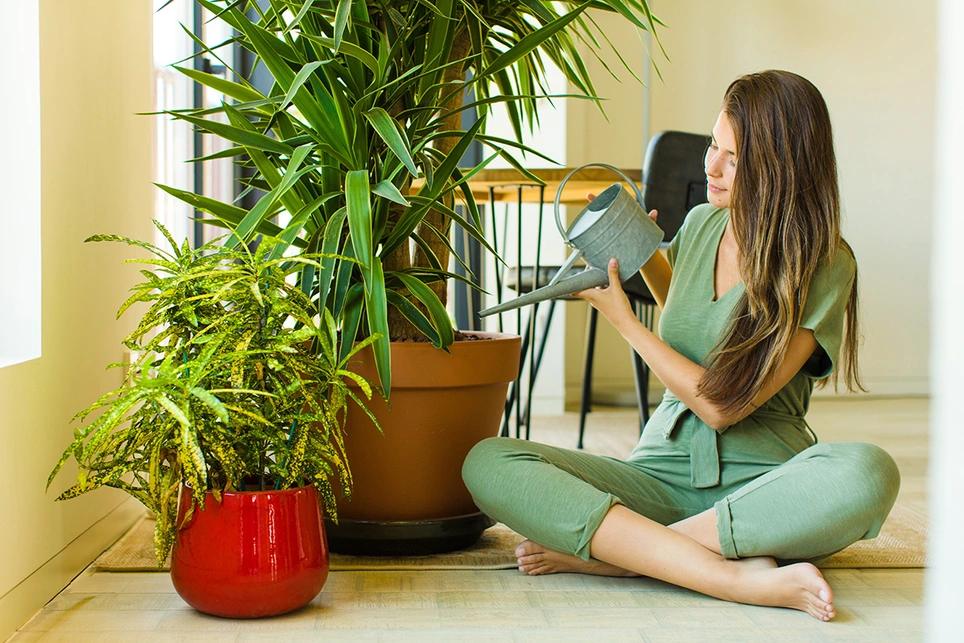
In the heart of London's vibrant cityscape, a growing number of residents are discovering the joys of houseplant cultivation. Amidst the hustle and bustle of city life, nurturing an indoor garden offers a refreshing slice of nature and tranquility. However, the unique environmental conditions of a big city like London present a distinct set of challenges for houseplant enthusiasts. From varying light conditions in compact living spaces to the peculiarities of urban water and air quality, each aspect demands consideration and understanding. This guide aims to demystify these challenges, offering practical solutions and inspiring confidence in both budding and seasoned plant lovers.
Light Conditions – A Spectrum of Challenges and Solutions
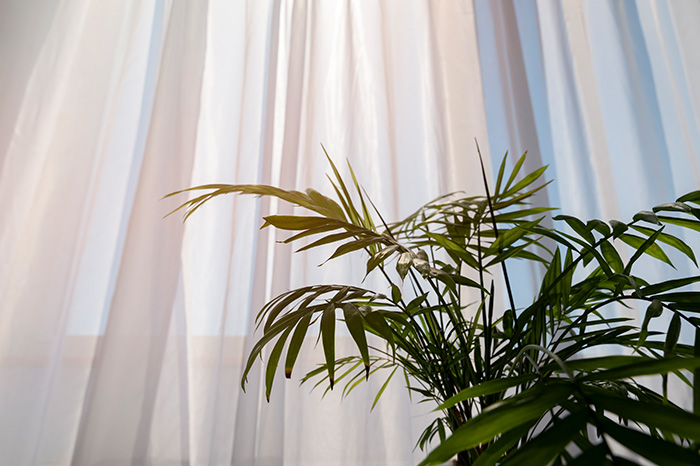
The light that filters through the windows of London’s diverse range of homes is as varied as the city itself, presenting a primary challenge for indoor gardeners.
-
North-Facing Windows: Renowned for their limited light, north-facing windows can hinder the growth of sun-loving plants but are a haven for species that thrive in lower light conditions. Plants such as the resilient Sansevieria or the elegant Peace Lily can flourish here, basking in the gentle, indirect light.
-
South-Facing Windows: In contrast, south-facing windows capture the most sunlight, offering a bright, warm environment. This is ideal for plants like succulents and cacti, which revel in bright direct light. However, the intensity of the sun can be too harsh for some plants, necessitating the use of blinds or sheer curtains to soften the sunlight.
-
East and West-Facing Windows: These windows strike a balance, with east-facing windows welcoming the gentle morning sun and west-facing ones basking in the softer afternoon light. They are suited for a wide array of plants, including popular choices like the Ficus or the Spider Plant.
-
In-Between Orientations: For windows facing orientations between these cardinal directions, the light conditions vary throughout the day and year. Monitoring the light patterns and adjusting plant placement accordingly can ensure that each plant receives its ideal amount of light.
The diversity of London's light conditions calls for a thoughtful selection of plants and a keen understanding of their light preferences.
Water and Air Quality – Navigating London's Urban Elements
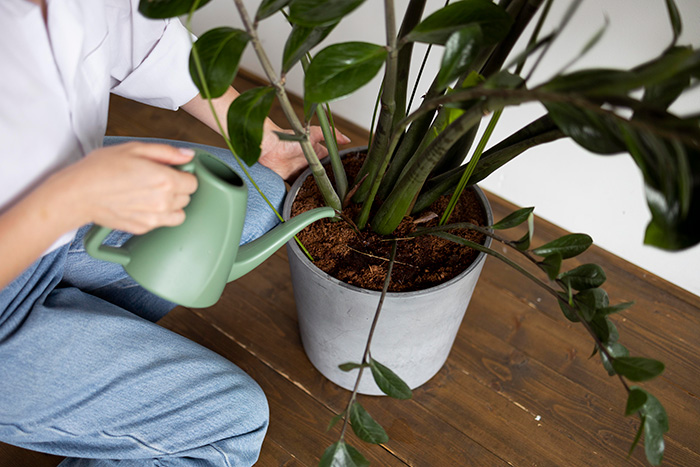
In addition to light, London's urban environment presents unique challenges regarding water and air quality, which are crucial for healthy plant growth.
-
Hard Water Issues: London is known for its hard water, containing high levels of minerals like calcium and magnesium. Over time, this can lead to mineral buildup in the soil, affecting plant health. The solution? Use filtered or rainwater for watering, especially for sensitive plants. This simple switch can prevent mineral accumulation and keep your plants thriving.
-
Watering Schedules: Balancing the right amount of water is key. Overwatering can be as detrimental as underwatering. Understanding each plant's specific water needs is vital, and this often requires adjusting watering schedules according to the season and the plant's growth stage. London's varying humidity levels also play a role, influencing how often you need to water.
-
Air Quality Considerations: The city's air quality can sometimes be less than ideal for both humans and plants. Indoor plants can help improve air quality, with species like Spider Plants and Peace Lilies known for their air-purifying abilities. Regularly wiping leaves can also help plants breathe better and absorb more light.
-
Temperature Fluctuations: London homes can experience drafts or uneven heating, especially in older buildings. Plants can be sensitive to these temperature changes. It’s important to position plants away from drafty areas and provide stable temperatures, particularly for tropical varieties.
Understanding and adapting to these water and air quality challenges is essential for maintaining healthy houseplants in London.
Space and Pet-Friendly Considerations in Urban Houseplant Care
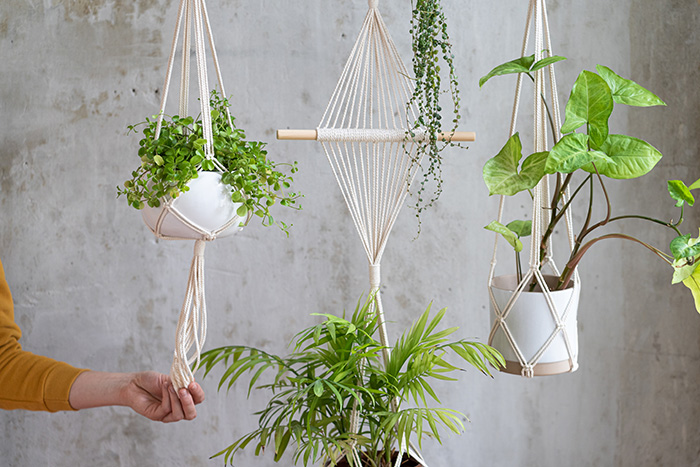
In a city like London, where living spaces can be compact, creative solutions are essential for houseplant enthusiasts.
-
Limited Space Solutions: The limited space in urban apartments requires smart choices in plant selection and placement. Utilizing vertical spaces such as shelves or hanging planters can be effective. Opting for smaller or adaptable plants that don't require large pots can also help maximise space.
-
Ensuring Pet Safety: A common concern among pet owners is the toxicity of certain plants. It's crucial to select pet-friendly plants or place potentially harmful ones out of reach. Plants like the Boston Fern and certain types of palms are safe and add a touch of greenery without posing a risk to pets.
-
Air Circulation: In smaller spaces, maintaining good air circulation is important for plant health. Avoid overcrowding plants and consider using fans to improve airflow, which can help prevent issues like fungal diseases.
-
Adapting to Room Characteristics: The back of larger rooms, especially in north-facing apartments, may receive very little light. Innovative solutions like using mirrors to reflect light or choosing shade-tolerant plants can help in these areas.
By considering these space and pet-friendly aspects, Londoners can create an indoor garden that not only thrives but also harmoniously coexists with their urban lifestyle and furry friends.
Boma Garden Centre Enhancing Urban Indoor Gardening
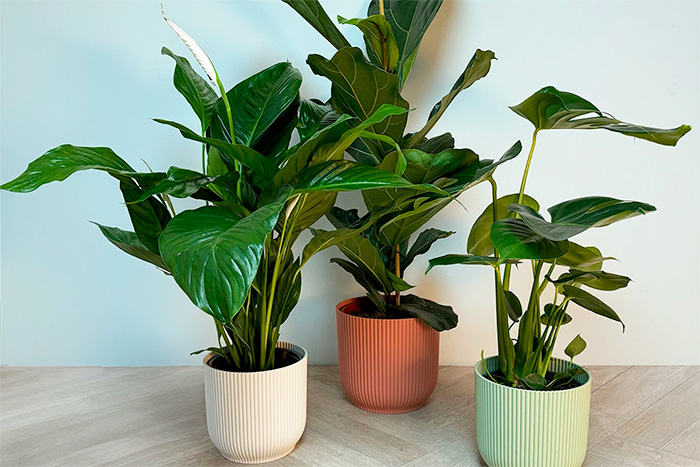
Boma Garden Centre, a beacon for London's plant enthusiasts, offers a range of solutions to the unique challenges of urban houseplant care. Their expertise and product range are tailored to support the diverse needs of city dwellers.
-
Exclusive Houseplant Starter Collections: Boma has curated a variety of houseplant starter collections, ideal for those new to plant parenting or looking to expand their indoor gardens. These collections are carefully selected to thrive in various urban conditions, be it low light or limited space.
-
Wide Range of Indoor Plants: Their extensive selection includes plants for every type of environment. From air-cleaning varieties to those suitable for pet-friendly homes, Boma caters to all needs.
-
Expert Advice and Care Products: Beyond plants, Boma offers expert advice and an array of care products. Whether it's specialised soil, plant food, or tools for maintaining the health of your plants, they provide all the essentials for successful indoor gardening.
-
Tailored Solutions for Urban Challenges: Recognising the unique challenges faced by London residents, such as limited space and varying light conditions, Boma's offerings include plants and products that specifically address these issues.
Boma Garden Centre is more than just a plant supplier; it's a hub for the urban gardening community, offering the resources and support needed to transform any London space into a thriving green oasis. To explore their indoor plant collections and more, visit Boma Garden Centre's Indoor Plant Collections.
Embracing Urban Greenery in London
Embracing houseplant care in London's unique urban environment is more than a hobby; it's a journey into creating a personal oasis of tranquility and greenery. The challenges, from limited natural light in north-facing flats to the hard water and space constraints, are opportunities for creativity and learning. Boma Garden Centre stands as a valuable ally in this journey, offering tailored solutions, expert advice, and a community for support.
As you embark on or continue your plant parenting adventure, remember that each challenge has a solution and every small effort contributes to a healthier, greener living space. Whether you're a seasoned green thumb or a budding enthusiast, London's urban landscape holds endless possibilities for transforming your home into a lush, vibrant haven with the right approach and resources. So, let's nurture our love for plants and watch as our indoor gardens flourish, bringing a piece of nature's serenity into our bustling city lives.









